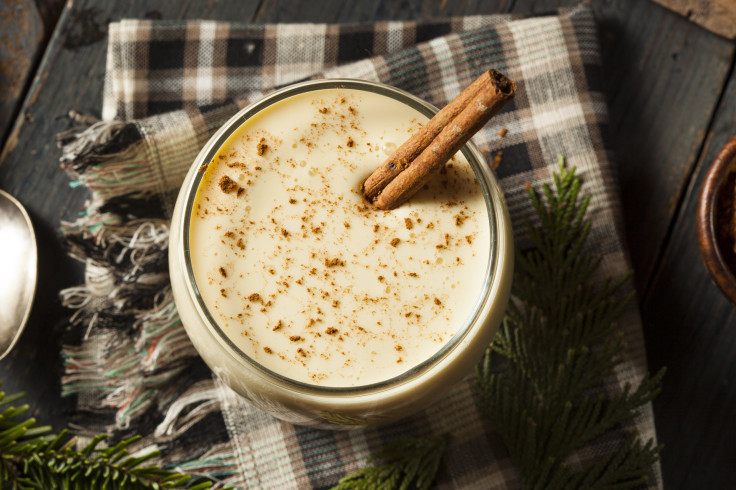A Nutmeg High Can Leave You Dizzy And Nauseous With A '2-Day Hangover'

Although many may know nutmeg for bringing a seasonal taste to the average baked good or cocktail, few know of its mind-altering abilities. However, as those who have used nutmeg in a desperate attempt to get a buzz will tell you, when it comes to this spice, the high is most definitely not worth the low.
Getting high off nutmeg is not a new practice. In fact, it’s one of the oldest ways people have altered their mind, with reports of nutmeg use, and unfortunately misuse, dating all the way back to 12th century Europe. Nutmeg is actually the seed of the evergreen Myristica fragrans tree, which is native to Indonesia. The thin, protective layer that encloses the nutmeg is the spice mace, which, unlike it’s cousin spice, is regarded more as a weapon than a kitchen essential, The New York Times reported.
Although its precise molecular makeup has yet to be completely decoded, scientists are aware that nutmeg contains myristicin, a volatile oil used in the popular synthetic hallucinogen MDMA. According to Drug Free Australia, chemist Alexander Shuglin synthesized myristicin into MDMA by extracting it from the nutmeg and mace. While nutmeg produces a similar hallucinogenic high to MDMA, its side effects are far more extreme and uncomfortable.
A light dusting of nutmeg on your holiday eggnog is not going to cause any noticeable side effects. Although some may say the nutmeg high was romanticized by Malcolm X in his 1965 The Autobiography of Malcolm X, a couple of tablespoons of the spice will leave the user with a very unpleasant experience.
Nutmeg’s potent punch, which has long been recognized, led to its use in some pretty extreme instances. For example, the intense physical side effects caused by ingestion of a large amount were once thought to be strong enough to induce abortions, Dr. Leon Gussow explained in his 2011 essay on nutmeg toxicity.
“People have told me that it feels like you are encased in mud,” Dr. Edward Boyer, professor of emergency medicine and chief of the Division of Medical Toxicology at the University of Massachusetts Medical School, told The Times. “You’re not exactly comatose, but you feel really sluggish. And your remembrance of events during this time period is incomplete at best.”
The nutmeg high is described as feeling like a “two-day hangover,” with nausea and dizziness that can last up to 12 hours. Gussow wrote that most who take nutmeg once as an inexpensive way to get high “vow to never do it again,” adding that “the experience is almost universally described as unpleasant, and requires ingestion of a large unpalatable dose.”
Misusing the drug is not just physically unpleasant; it can be detrimental to one’s health. Too much of the spice has in rare instances caused hearing and nerve problems. "A person who has an unrecognized heart ailment could have problems that could lead to irregular rhythms. One plus one can add up to nine really quickly," Gaylord Lopez, director of the Georgia Poison Center in Atlanta, Ga., told ABC News.
Today, cases of nutmeg poisoning are rare but not completely unheard of. Dr. Bernard Sangalli, director of the Connecticut Poison Control Center, told ABC News that nutmeg poisonings normally come in clusters. "As people share their experiences on the Internet, we see more and more clustering of those events."
The social media trend of the “Cinnamon Challenge” gave birth to a smaller and much less popular burst of “Nutmeg Challenge” hopefuls. Thankfully, Newser reported that in recent years there have been no deaths linked to nutmeg misuse. Still, be careful this holiday season and try not to overdo it on the spices, or you might just end up with an uncomfortable case of nutmeg poisoning.
Published by Medicaldaily.com



























